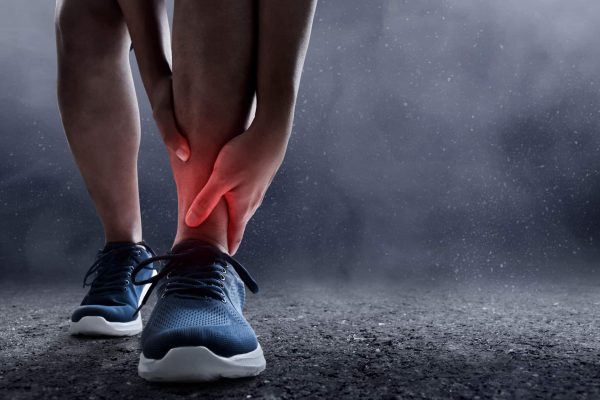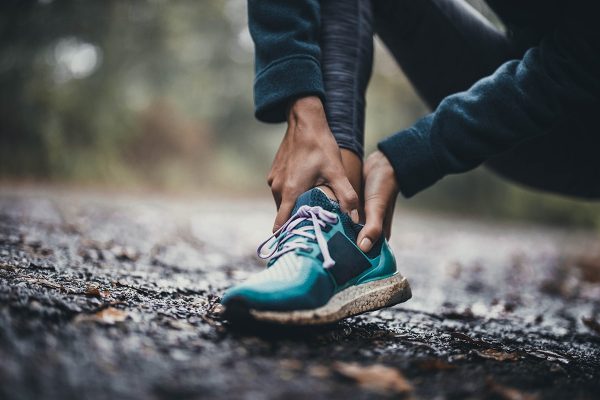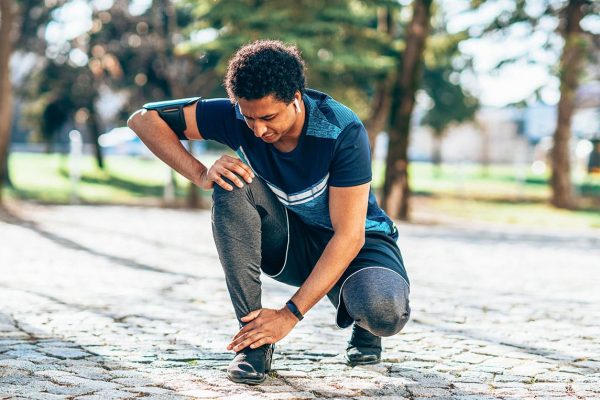
A deltoid ligament sprain can be a debilitating injury, causing significant pain and limiting your mobility. Deciding whether to rest or exercise with a deltoid ligament sprain is crucial for a swift and effective recovery. This blog will explore the nature of a deltoid ligament sprain, the appropriate balance between rest and exercise, and how CARESPACE can provide a comprehensive, multidisciplinary approach to help you recover.
Understanding Deltoid Ligament Sprain
The deltoid ligament is a strong, triangular band of fibers on the inner side of the ankle, connecting the tibia to the bones of the foot. It plays a critical role in stabilizing the ankle joint and preventing excessive eversion (outward turning) of the foot. A sprain occurs when this ligament is overstretched or torn, often due to a sudden twist or impact. Symptoms typically include pain, swelling, bruising, and difficulty bearing weight on the affected ankle.
The Importance of Rest
Rest is the first and most crucial step in the initial phase of treating a deltoid ligament sprain. Here’s why:
1. Reducing Inflammation: Rest helps to minimize inflammation, which is the body’s natural response to injury. In the first 48-72 hours after a sprain, the RICE (Rest, Ice, Compression, Elevation) method is highly recommended to control swelling and pain.
2. Preventing Further Injury: Continuing to put weight on a sprained ankle can exacerbate the injury, leading to more severe damage and a longer recovery time. Resting ensures that the ligament has the opportunity to begin healing without additional stress.
3. Pain Management: Resting helps to alleviate pain, making it easier to manage the discomfort associated with a deltoid ligament sprain.
The Role of Exercise
While rest is essential, incorporating appropriate exercises into your recovery plan is equally important. Exercise helps to:
1. Restore Range of Motion: Gentle stretching and mobility exercises can help to restore the ankle’s range of motion, which may be limited due to the injury and subsequent rest period.
2. Strengthen Surrounding Muscles: Strengthening exercises for the muscles around the ankle can provide better support to the joint, reducing the likelihood of re-injury.
3. Improve Proprioception: Balance and stability exercises are crucial for improving proprioception (the sense of joint position). Enhanced proprioception helps prevent future sprains by improving your ability to react to changes in terrain or unexpected movements.
4. Facilitate Circulation: Light exercises increase blood flow to the injured area, which can help to promote healing by delivering essential nutrients and oxygen to the damaged tissues.
A Balanced Approach: Rest and Exercise
The key to recovering from a deltoid ligament sprain is finding the right balance between rest and exercise. Typically, the initial phase focuses more on rest, gradually introducing exercises as the healing process progresses. Here’s a general guideline:
1. Acute Phase (0-72 hours): Emphasize rest, ice, compression, and elevation. Avoid putting weight on the injured ankle and use crutches if necessary.
2. Subacute Phase (3-7 days): Begin gentle range-of-motion exercises, such as ankle circles and alphabet exercises, to maintain flexibility without putting undue stress on the ligament.
3. Recovery Phase (1-3 weeks): Introduce strengthening exercises for the surrounding muscles, such as calf raises and resistance band exercises. Balance and proprioception exercises, like standing on one leg or using a wobble board, can also be beneficial.
4. Rehabilitation Phase (3+ weeks): Progress to more advanced exercises that mimic daily activities or sports-specific movements. Continue to focus on strength, balance, and flexibility.
How CARESPACE Can Help
At CARESPACE, we offer a client-focused, multidisciplinary approach to recovery from a deltoid ligament sprain. Our team of regulated health professionals, including physiotherapists and chiropractic doctors, collaborate to create personalized, evidence-based plans of care.
1. Physiotherapy: Our physiotherapists play a vital role in the rehabilitation process. They assess the extent of your injury, develop a tailored exercise program, and guide you through each phase of recovery. Physiotherapists at CARESPACE use a variety of techniques, including manual therapy, therapeutic exercises, and modalities like ultrasound or electrical stimulation, to reduce pain and promote healing.
2. Chiropractic Care: Chiropractic doctors at CARESPACE focus on ensuring proper alignment and biomechanics of the ankle and surrounding joints. Through gentle adjustments and manipulations, they help to improve joint function, reduce pain, and prevent compensatory injuries that can occur due to altered gait patterns.
The Collaborative Approach
At CARESPACE, our physiotherapists and chiropractic doctors work together to provide comprehensive care. Here’s how their collaboration benefits your recovery:
1. Integrated Care Plans: By combining their expertise, our practitioners develop integrated care plans that address all aspects of your injury. This holistic approach ensures that you receive the most effective treatments for pain relief, healing, and functional restoration.
2. Enhanced Communication: Regular communication between physiotherapists and chiropractic doctors allows for seamless coordination of your care. They share insights and progress updates, ensuring that adjustments to your treatment plan are made promptly and effectively.
3. Personalized Attention: At CARESPACE, we understand that each client is unique. Our team takes the time to understand your specific needs, goals, and concerns. This personalized approach ensures that your recovery plan is tailored to you, maximizing your chances of a successful outcome.
4. Supportive Environment: Recovering from a deltoid ligament sprain can be challenging, but you don’t have to do it alone. Our team provides ongoing support, education, and encouragement throughout your recovery journey. We empower you with the knowledge and tools you need to manage your injury and prevent future sprains.
Deciding whether to rest or exercise with a deltoid ligament sprain requires a careful balance. Initial rest is crucial to control inflammation and prevent further injury, while progressive exercises are essential for restoring function and strength. At CARESPACE, our multidisciplinary team of physiotherapists and chiropractic doctors works together to provide a comprehensive, personalized approach to your recovery. By combining rest, targeted exercises, and expert care, we help you get back on your feet and achieve your health goals. If you’re dealing with a deltoid ligament sprain, trust CARESPACE to guide you through a safe and effective recovery process.




